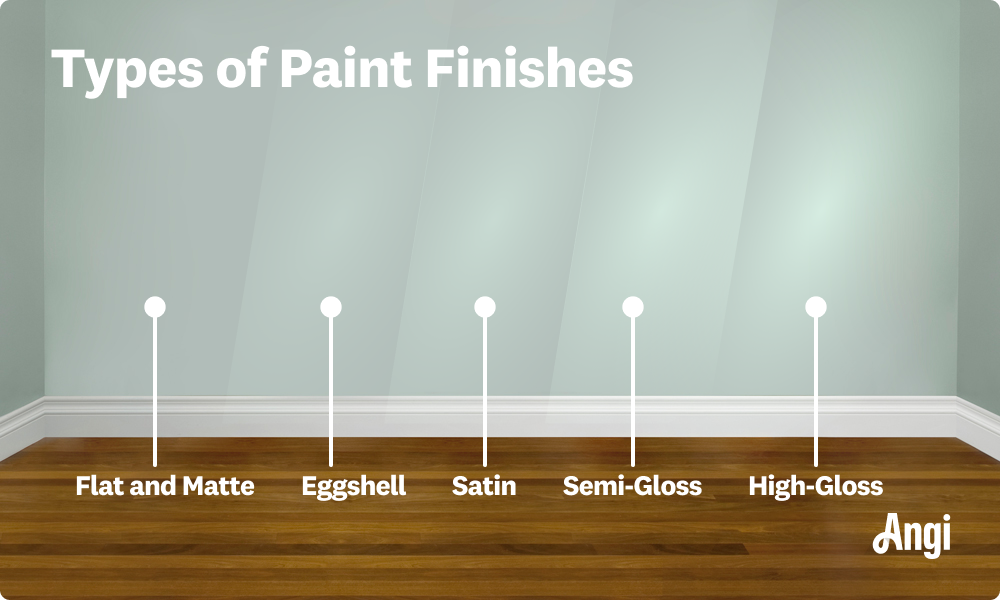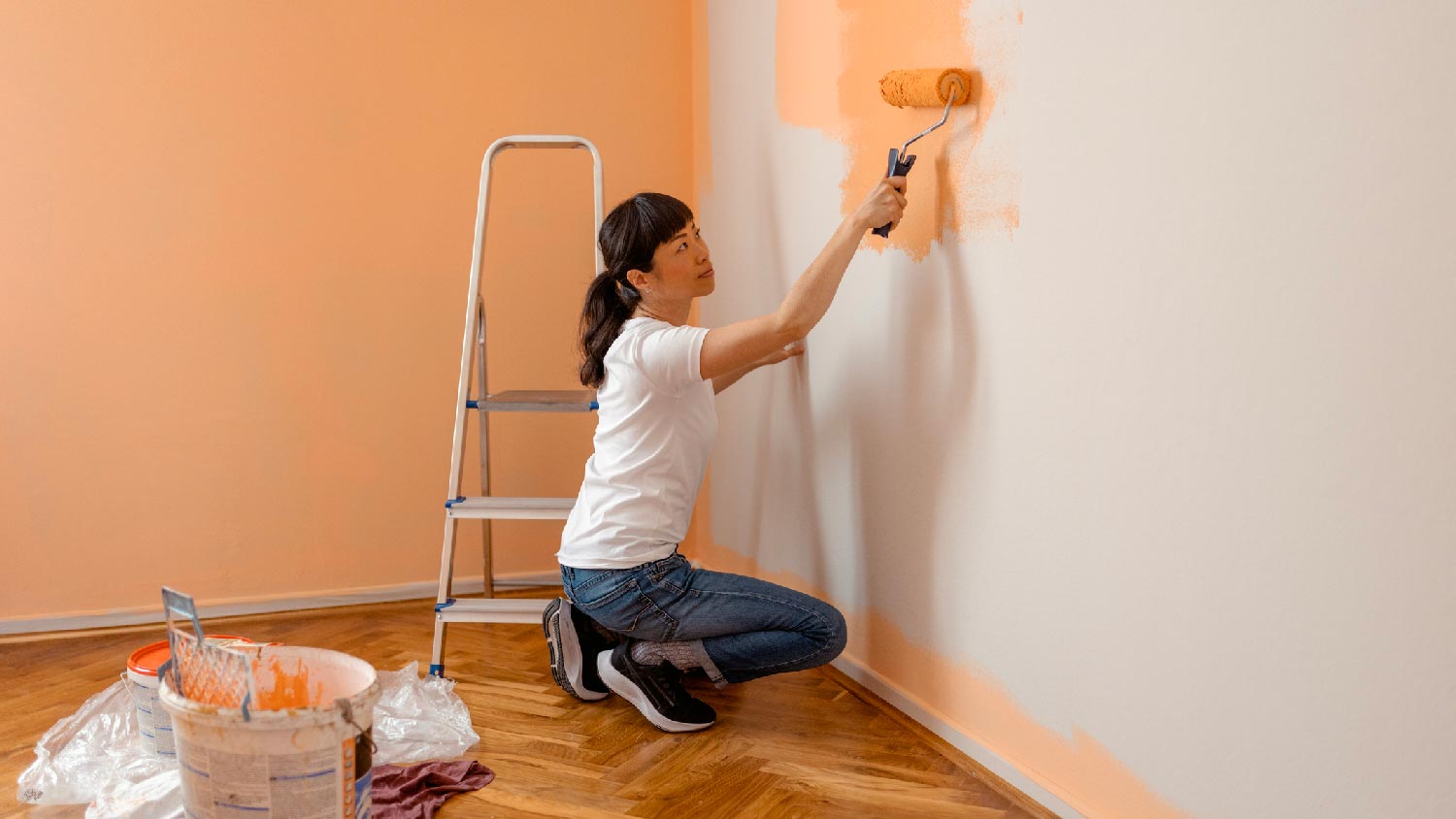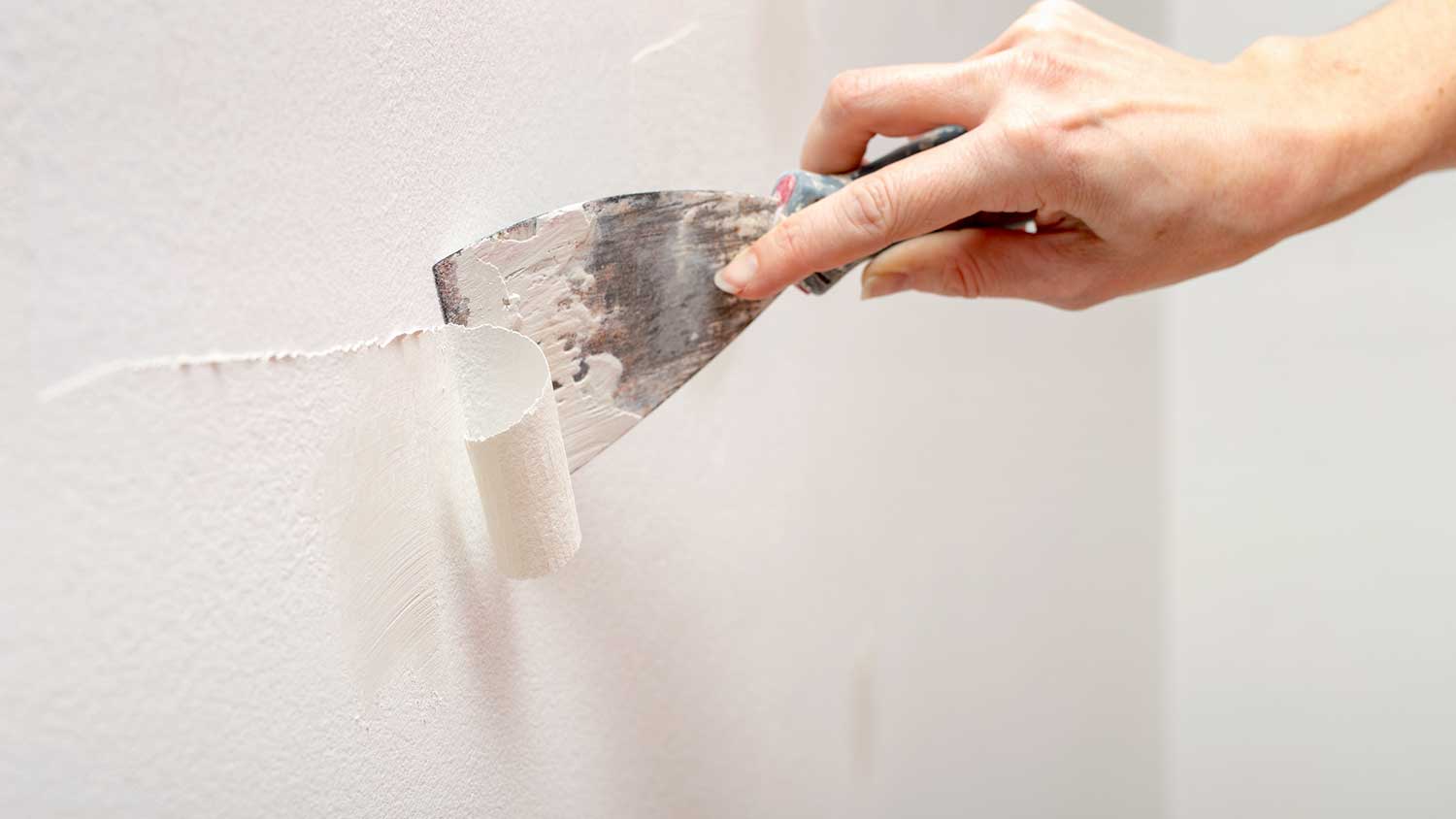
Wondering about the cost to paint a fireplace? Get a detailed guide to prices, key factors, and money-saving tips for your fireplace painting project.
Let us paint you a picture


Paint finishes range from flat to high-gloss.
The less sheen a paint has, the less light it reflects, and vice versa.
Matte and flat finishes are well-suited for ceilings and low-traffic areas.
Higher-sheen paints tend to work better in higher-traffic areas.
The amounts of sheen and natural light can impact how paint colors appear.
Choosing the right paint finish is just as important as picking the perfect color. Whether you opt for a soft matte, an ultra-shiny high-gloss, or something in between, the finish can affect how a room looks—and how well the paint holds up over time. This guide includes a paint finishes chart that outlines the main types of paint finishes, what they look like, how durable they are, and where they work best.

Paint finish refers to the level of gloss or sheen a paint has after it has dried. The finish affects the way light reflects off the painted surface, its durability, and the overall feel and function of a room. The higher the sheen, the more light the paint reflects. Higher sheens can make colors appear brighter and slightly lighter than they look on a flat or matte surface. In contrast, flat and matte finishes absorb light, making colors appear deeper. When choosing paint colors for your home, test paint samples in the finishes you’re considering before committing to make sure you get that (chef’s kiss) flawless shade.
| Finish | Sheen Level | Durability | Works Well In | Visual Appearance | Key Characteristics |
|---|---|---|---|---|---|
| Flat/matte | Minimal | Low | Ceilings, bedrooms | Soft, velvety | Hides wall imperfections |
| Eggshell | Low | Moderate | Living rooms, dining rooms | Smooth, subtle shine | Balanced, practical |
| Satin | Medium | Good | Hallways, kids’ rooms | Soft shine | Easily cleanable |
| Semi-gloss | High | Very good | Kitchens, bathrooms | Reflective | Moisture-resistant |
| High-gloss | Very high | Excellent | Trim, doors, cabinets | Glass-like | Ultra-durable |

Let’s take our handy chart a level deeper and inspect each paint finish more closely.
Flat and matte paints have the lowest sheens. They’re perfect for covering imperfections, but they’re tougher to keep clean. For a cozy look, use flat and matte paint on ceilings and in low-traffic areas.
Eggshell is a happy medium between matte and satin. It emulates a soft sheen with moderate durability, making it easier to clean and maintain. It works well in living rooms and areas that experience high usage but still call for a warm, welcoming ambiance. If you’re debating between matte versus eggshell but anticipate scuffs and scratches, opt for eggshell.
Satin finishes are popular choices for busy households. They provide durability and a soft gloss that works in a wide variety of high-traffic settings, such as hallways and family rooms. Satin finishes sit right in the middle of the sheen spectrum, making them perfect for repelling fingerprints without appearing overly shiny.
Notably shinier than satin paint, semi-gloss holds up well in moist or messy spaces. It’s a top choice for kitchens, bathrooms, and laundry rooms. If you’ve narrowed it down to satin versus semi-gloss, note that semi-gloss may cost a bit more but will likely last longer.
High-gloss paint is the most reflective and durable of all paint finishes. It’s perfect for trim, doors, and cabinetry where you want a polished look that can withstand frequent bumps and scratches.
Your ideal paint finish depends on the room’s purpose, as well as the amount of light it receives. Consider the following factors as you peruse paint samples:
Traffic: High-traffic rooms need durable, easy-to-clean finishes such as satin or semi-gloss.
Moisture: Semi- and high-gloss paints resist mildew and moisture in bathrooms and kitchens.
Light: Higher sheens reflect more light, which means you’ll brighten up a dark room, but also highlight imperfections.
Aesthetics: Matte paints look softer, while glossier finishes add contrast.
While painting may seem like a fun after-work project, selecting and applying the perfect finish can be challenging—especially on trim or glossy surfaces that require special preparation. Hiring a professional painter near you can help ensure you have streak- and splatter-free surfaces you’ll love for years to come.
Interior painting offers a high ROI of around 107%. That means that most homeowners will recoup between $2,100 and $16,000, depending on the size of their painting project. Neutral colors are more appealing to potential buyers than darker colors.
From average costs to expert advice, get all the answers you need to get your job done.

Wondering about the cost to paint a fireplace? Get a detailed guide to prices, key factors, and money-saving tips for your fireplace painting project.

The cost to paint the interior of a house depends on size, layout, type of surface, and more. Learn what factors can influence your total in this guide.

The cost to remove texture from walls depends on square footage and the type of texture. Learn all the factors that will impact your budget in this guide.

Not sure whether to use ceiling or wall paint for your upcoming paint job? Compare ceiling paint vs. wall paint with this informative guide.

Are you ready to give your popcorn ceiling a modern refresh? Learn how to paint popcorn ceilings to better suit your home's design aesthetic.

Learning how to repaint a room can be a DIY job, but you can save time and hassle by hiring a pro, especially if the trim and ceiling also need repainting.